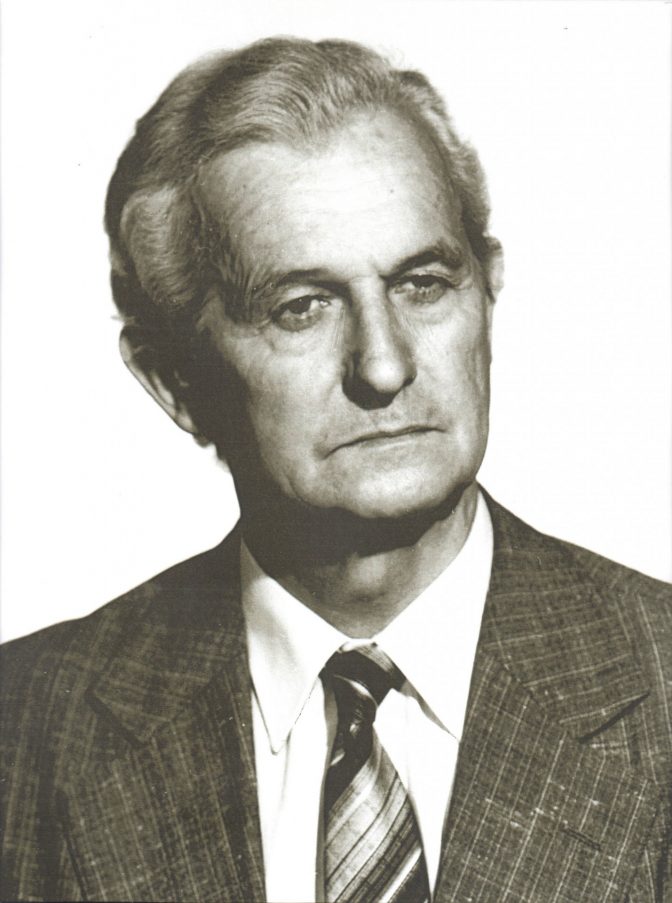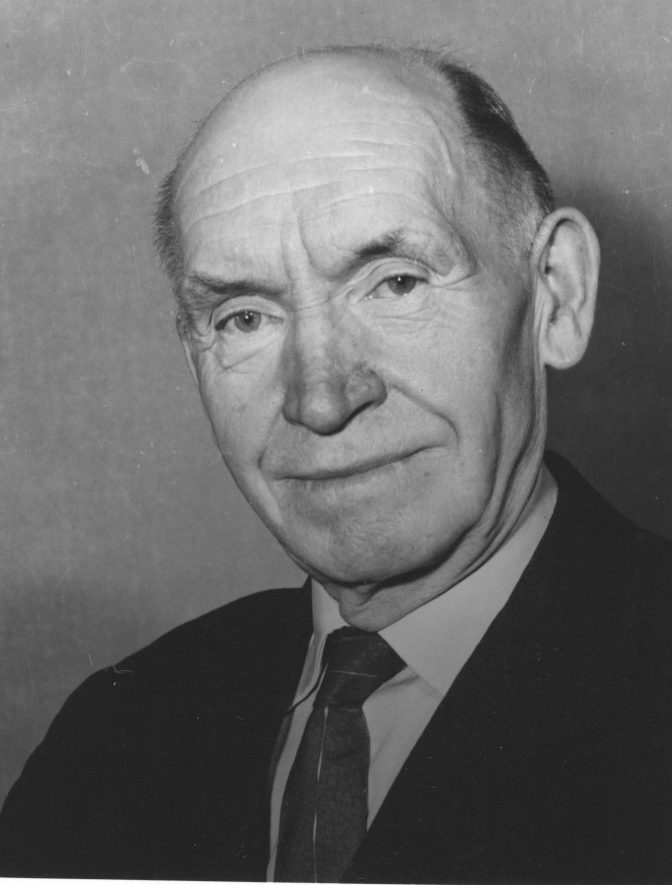
Ota Hynie (1899-1968)
Prof. Ota Hynie was the founder of Czech hydrogeology and the first professor of hydrogeology at Charles University. His scientific career began in 1921, when he obtained a diploma as a mining engineer at the Mining Academy in Příbram. In 1924 he habilitated there as a private docent of geology and then worked for many years at the State Geological Institute in Prague. In 1952 he moved to Charles University, where he became a professor of hydrogeology at the newly established Faculty of Geology and Geography. Until his death in 1968, he devoted himself fully to the development of Czech hydrogeology, which, thanks to him, reached the top European level.
From the beginning of his professional activity, he was extremely active in field research in all geological formations, and many of his field works served as the basis for the official edition of geological maps of the State Geological Institute. The extent of his activities is evidenced by the fact that in the early 1950s he authored a full half of the archived reports at the State Geological Survey. Prof. O. Hynie has published over 100 original scientific papers and about 600 exploration reports, and the culmination of his life's work is the two-volume synthetic publication Hydrogeology of the Czechoslovakia. During his university career, he educated a whole generation of hydrogeology experts who further developed the field.

Jan Šilar (1921-2007)
Professor of hydrogeology at the Faculty of Science, Charles University in Prague, student of Prof. Ota Hynie. His entire professional life was connected with the Department of Hydrogeology of the Faculty of Science, where he spent almost 55 years of his professional life. He was born in 1926 in Ústí nad Labem, but his family originated in eastern Bohemia. He graduated from the Czech Technical University in 1951 as a civil engineer in water management. In 1952 he joined the newly created Department of Hydrogeology and Engineering Geology as an assistant to Prof. Hynia. In 1957-60 he worked as a foreign expert for the Ministry of Energy in the design of dams in southern China (56 dams). His main focus on karst hydrogeology and solving hydrogeological problems in civil engineering came from this time. He was appointed associate professor in 1965 and full professor in 1991. Based on his experience in the USA, he also became involved in isotope hydrology, and in the 1970s he established an internationally registered radiocarbon dating laboratory at the faculty. From the 1970s to the 1990s, Prof. J. Šilar worked as an international expert for the IAEA, IAH and UNESCO and participated in expert meetings in many countries around the world.
As a man of unquestionable professional and moral credentials, he took over the management of the then Department of Hydrogeology and Engineering Geology in the tense post-revolutionary period of 1990-91 and successfully took it into a politically new era, fully engaging in the developing international research within the European Union. His scientific results have been published in more than 140 research papers and 20 scientific reports. He has educated hundreds of experts and authored 5 textbooks. In 1999 he became the laureate of the Ota Hynie Prize, awarded to him by Czech Chamber of the International Association of Hydrogeologists (IAH) and the Czech Association of Hydrogeologists (ČAH) for his significant lifetime contribution to the field of hydrogeology.

Jiří Škopek (1922-2005)
Prof. Jiří Škopek came from a family of builders, and family tradition therefore predestined him to study at the Faculty of Civil Engineering at the Czech Technical University in Prague. During the Second World War, when he could not study, he gained practical experience at the major construction company Lanna. After graduating from the Faculty of Civil Engineering in 1948, he worked on soil mechanics as an assistant to Professor Alois Myslivac. In 1958, he defended his candidate's thesis, but because he did not meet the political 'cadre' requirements of the time, he went into practice in 1961, to the soil mechanics laboratories of Construction Geology in Prague Podbab. Soon after the establishment of the Department of Hydrogeology and Engineering Geology at the Faculty of Science of Charles University, he moved to a new place of work in Albertov. He obtained his habilitation in 1966, in 1984 he received the title of DrSc., and in 1988 he was appointed professor. He headed the department for twenty years. After his retirement and appointment as professor emeritus, he remained professionally active until his death in 2005. As a consultant in the field of building foundations, he was still invited to construction sites, and former students often returned to him for professional advice and consultation.
The main professional specialisations of prof. Škopek were the technology and mechanical behaviour of compacted earth bodies - dams and embankments, in general the settlement of structures such as nuclear power plants and other demanding structures, as well as the issue of establishing structures on dump sites of North Bohemian lignite mines. During his long career, he also worked abroad, solving geotechnical problems of hydrotechnical and energy structures in China, Ceylon, Jordan, and the former Soviet Union. His activity in the preparation of geotechnical Czech Technical Standards was also important for practice.

Rudolf Běhounek (1902 – 1974)
Professor Rudolf Běhounek was born in Pitkovice near Říčany. His interest in mining and geology brought him to the University of Mining in Příbram, where he studied mining engineering in 1920-26. After completing his studies at this school, he remained there as an assistant at the Institute of Mining Surveying, where he first encountered applied geophysics. His interest in geophysics brought him to the State Institute of Geophysics in 1933, where he focused on terrestrial magnetism and seismicity. In 1945, the State Geological Institute of the Czechoslovakia was founded and R. Běhounek built and led the Department of Applied Geophysics here. He obtained his habilitation in 1946 at the University of Mining and gave lectures on applied geophysics there in 1948-1952. In 1952, when the departments of applied geology were being founded, R. Běhounek was called to Charles University to build the Department of Applied Geophysics. In 1954 he was appointed full professor.
In his professional activity, Rudolf Běhounek focused almost exclusively on applied geophysics, both practically and theoretically. He was able to work successfully in several basic geophysical methods: in magnetometry, gravimetry, geoelectricity, and seismicity. Field research was mostly focused on practical problems: geomagnetic and geoelectric survey of ore deposits, geoelectric measurements at the sites of projected dams, etc. In addition to extensive field work, the results of which are contained in dozens of research reports, he also devoted himself to theoretical research and teaching activities. Throughout his tenure at Charles University, R. Běhounek was a member of the scientific council of the faculty, for many years he was the chairman of the commission for awarding the scientific ranks of Candidate of Ssciences and Doctor of Sciences. His many years of dedicated work were recognised by the award of a plaque from Charles University in 1965 and a gold badge from the Faculty of Science of Charles University in 1968.





















